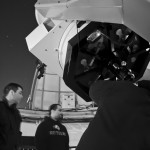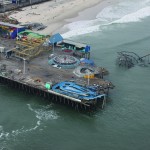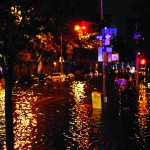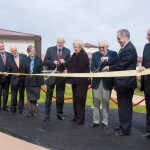Student Discovers Supermassive Black Hole
Washington, D.C., may be the political center of the United States, but Mason provides its students with numerous opportunities that extend beyond the government. Take, for example, Nathan Secrest. The second-year graduate student, who is currently working toward his PhD in physics with a concentration in astrophysics, discovered a miniature supermassive black hole in the NGC 4178 galaxy while conducting research for the School of Physics, Astronomy and Computation, otherwise known as SPACS. That may not sound like a big deal to someone who cannot tell his brown dwarfs from his red giants, but within the scientific community, it can have major repercussions. “The reason why this discovery is significant is because of the size of the SMBH and the galaxy it is hosted by,” Secrest said in an e-mail. “[We] do not know very much about intermediate mass black holes. How are they formed? What percentage of the total black holes in the universe do they comprise? Also, NGC 4178 is a bulgeless spiral galaxy. This is important because the larger SMBH masses have been found to correlate very tightly with the properties of their host galaxy bulges,” said Secrest. At first glance, this information seems too complicated for […]
















Comments